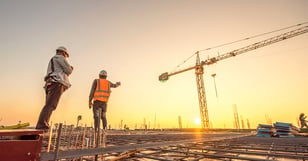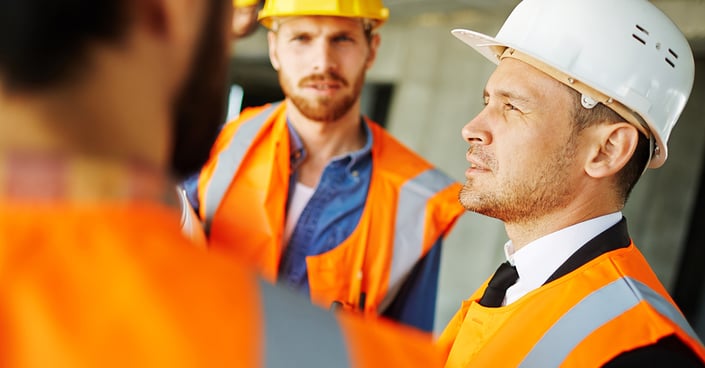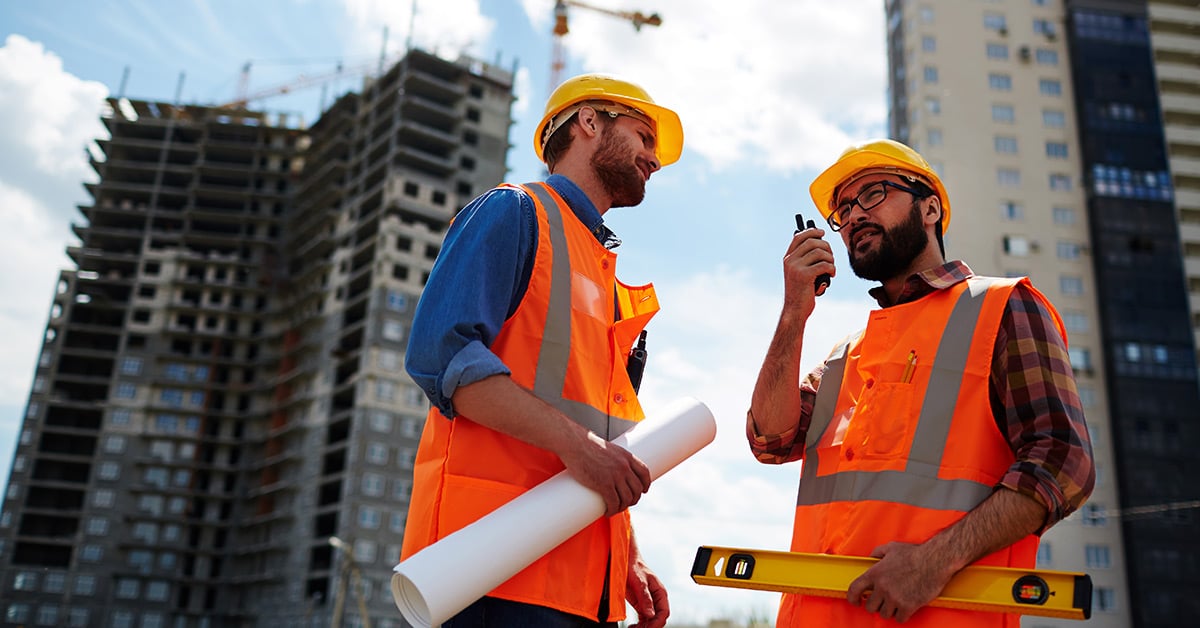Similar to legal malpractice suits, uncovered medi...
 Construction spending is rising across the United States, and no market is hotter than California. This is great news for any business in the construction sector. But more business means you need to have even tighter safety measures in place.
Construction spending is rising across the United States, and no market is hotter than California. This is great news for any business in the construction sector. But more business means you need to have even tighter safety measures in place.
If you fail to put safety measures in place, you’re looking at a higher risk of workplace injuries. Workplace injuries mean workers’ compensation claims--which will raise your ex-mod and hurt your bottom line. To help you take a critical look at your business, here are the key elements of construction safety for your company.
You can protect yourself from the outset by making sure you hire a designated safety director for your company. When hiring, make sure your safety director meets the following criteria:
This is a full-time job, not just some extra tasks others can take on, and is critical to protecting your company.
If you hire a designated safety director, they’ll likely recommend developing a workplace safety program. But, whether or not you have a designated safety director, a workplace safety program is critical to have.
Make sure that your safety program maintains the following elements:
Ultimately, the goal is to make sure your workplace safety program is comprehensive, easy to understand, and encourages the participation of all parties.

With construction, conditions change rapidly. Routine safety inspections are critical to maintaining a safe workplace. It’s a good idea to have multiple types of safety inspections, including smaller ones that are conducted on a daily basis.
Make certain these inspections are well documented with reports, photos, and any other evidence you feel will make them stronger. You should follow up on each report to note how any problems found were addressed.
You have no doubt seen this with your employees: The longer someone is on the job, the more routine the process becomes. And as they slip into a routine, it becomes easier to make careless mistakes.
Frequent safety meetings keep your rules and regulations at the top of everyone’s mind and ensure new employees are brought up to speed. You can also use these meetings to address specific issues you’ve seen and to get feedback from employees on what changes could be beneficial.
Remember that job sites aren’t the only places there are risks; you also have to think about your employees while on the road. Whether hauling material or moving large machinery, the road risk for construction companies is significant.
Run a background check, including driving records on anyone who is driving for you. Have employees participate in defensive driving courses, which comes with the additional benefit of often reducing your commercial auto insurance premium. Incorporate your drivers into your safety plan.
Do not be afraid to use GPS and dash cams to monitor your crew while on the road. Just be certain to check with your lawyer before you do to ensure none of the devices you use could get you into hot water.

You might think that not being injured on the job or hurting others would be incentive enough to follow the rules. That just isn’t human nature. People are more motivated by achieving concrete rewards than avoiding abstract risks. These don’t need to be complex; just buying lunch can be motivation enough.
Some things for you to keep in mind when designing a safety incentive program are:
As a small business owner, all of this can get overwhelming in a hurry. You can make it easier on yourself without sacrificing safety by outsourcing these tasks.
Professional Employer Organizations (PEOs) partner with small to mid-sized businesses to offer them human resources services. This includes managing your safety program. And since they are overseeing all persons at the company, including you, they can incentivize all parties—not just the employees.
Of course, no safety program can fully prevent accidents and injuries. To protect your business, look into California commercial insurance policies meant for the construction industry.
With decades of experience, and countless customers in the construction industry, we know how to get your company the insurance it needs to mitigate risk and thrive. To learn more about what we can do for you, contact one of our knowledge agents at Leap | Carpenter | Kemps Insurance Agency today.
Similar to legal malpractice suits, uncovered medi...
You get all the benefits and advantages of being a...
Natural disasters and crimes can impact a business...
Leap | Carpenter | Kemps Insurance Agency provides Commercial Business Insurance, Employee Benefits, Life and Health Insurance, and Personal Insurance to all of California, including Merced, Atwater, Los Banos, Mariposa, Madera, Fresno, Modesto, Turlock, and Stockton.
CA License Number 0646081 | Licensed to do business in California, Arizona, Hawaii, Idaho, Montana, Nevada, North Carolina, Oklahoma, Oregon, Virginia, West Virginia and Washington.
© Copyright 2023 Leap | Carpenter | Kemps Insurance Agency — Privacy Policy | Terms & Conditions.
Merced Office
3187 Collins Drive
Merced, CA 95348
Phone: (209) 384-0727
Additional Contacts
Toll Free: (800) 221-0864
Fax: (209) 384-0401